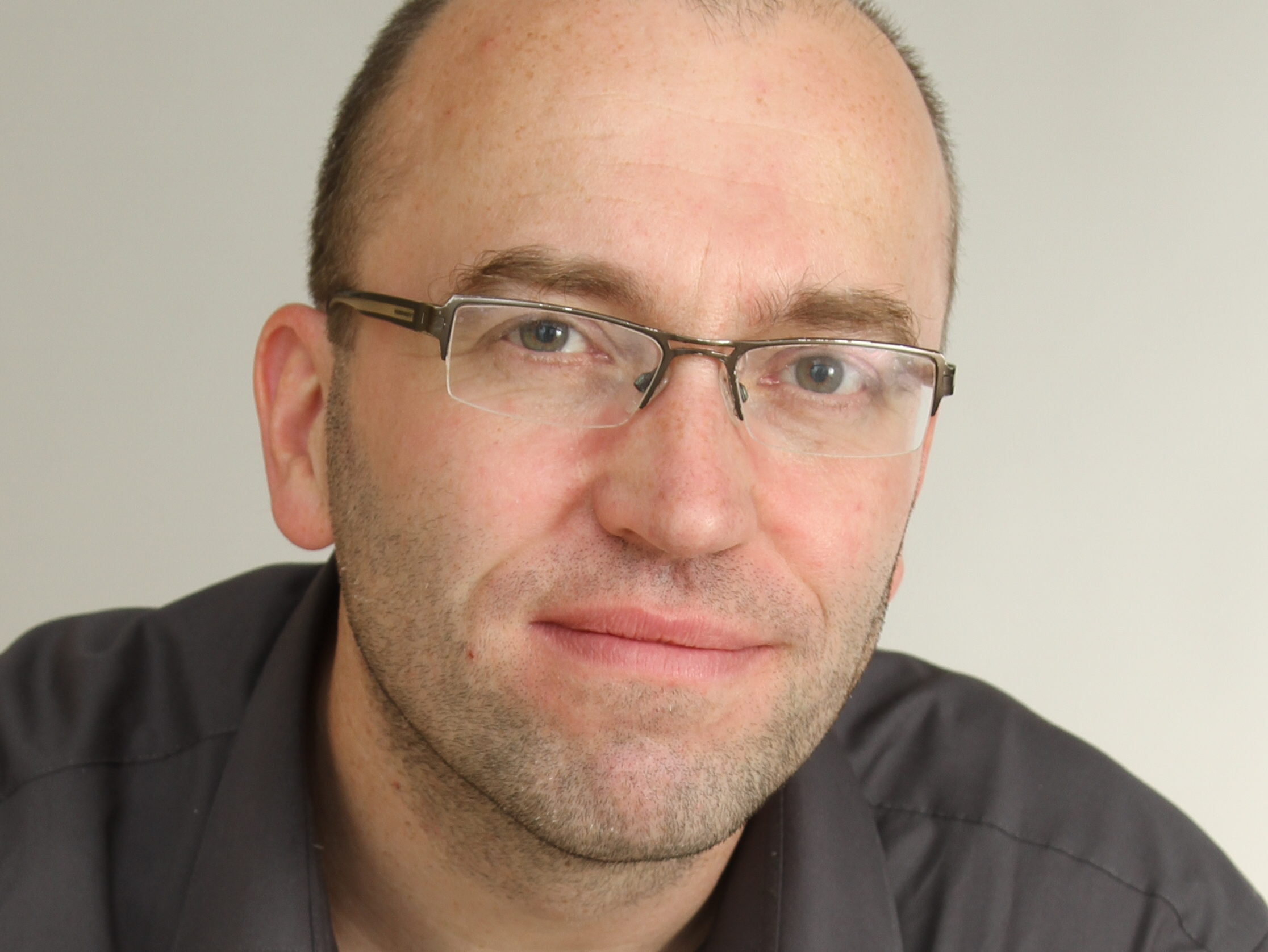by Jörn Ahrens
Jung’s drawings of pandemic protests seldom show the entire demonstration. The subject is usually individual figures, almost always viewed from the front, with no background. The figures do feature accessories: signs, bikes, T-shirts with slogans on them, hats, the German constitution. That helps to identify them. Jung draws spidery shapes in imitation of children’s drawings, often with a kind of double exposure as transparent bodies. The deliberately clumsy lines dissolve the bodies, which seem to disappear into strange shapes. These people are individuals least of all; they become completely amorphous, with shapes that even seem to point to the non-human objects that invisibly surround them, whose political positioning is the target of their protest. With their wormlike heads – typically just two dots for eyes and a mouth, but generally no nose – they are absolutely interchangeable. The way that the images are presented, like panels, gives the impression that there are many people demonstrating separately or together (the viewer does not know which), but it could also always be the same figure (one really hesitates to speak of “people”), continuously repeating in different ways. This interchangeable quality to the figures, all of them featureless and distinguishable only by their accessories, is shared by not only the protesters, but also the police. The only way to tell the police apart from the others is by the writing on their uniforms, which in some cases is not even written out in full. Seeing “Poliz,” it is easy for the audience to fill in the rest – “Polizei.” This is reminiscent of bad caricatures. Jung depicts this parade of demonstrators in their ranks, showing them inhabiting a kind of toy world, where everything looks just as unreal and absurd as it doubtless seems in real life. The protest seems like a depiction of the aesthetics of ugliness. The drawings become testaments to a world that is becoming unreal, a world that consists of a complex mishmash of conflicting abstrusities, things that have no place, things that have fallen out of time and look more like a child’s games than political action. These drawings show a kind of depoliticization of political protest. Everyone grumbles to themselves, apparently individualistic but also egocentric. What is lacking is any tie between the people, who are reduced to mere figures.

Jörn Ahrens is a professor of cultural sociology at Justus Liebig University in Giessen and Extraordinary Professor of Social Anthropology, North West University, South Africa. His most recent published work is a volume he edited titled Der Comic als Form. Bildsprache, Ästhetik, Narration (Berlin 2021, Bachmann Verlag).